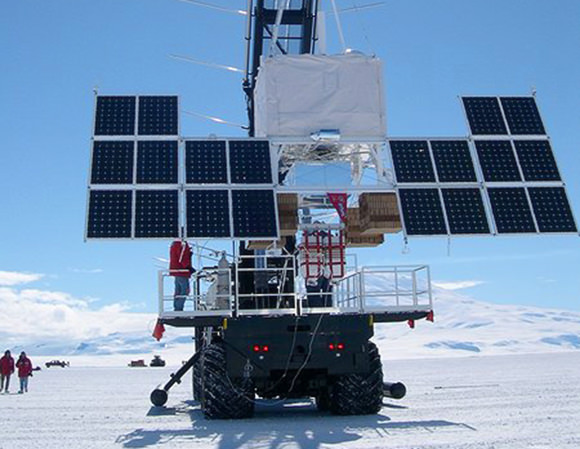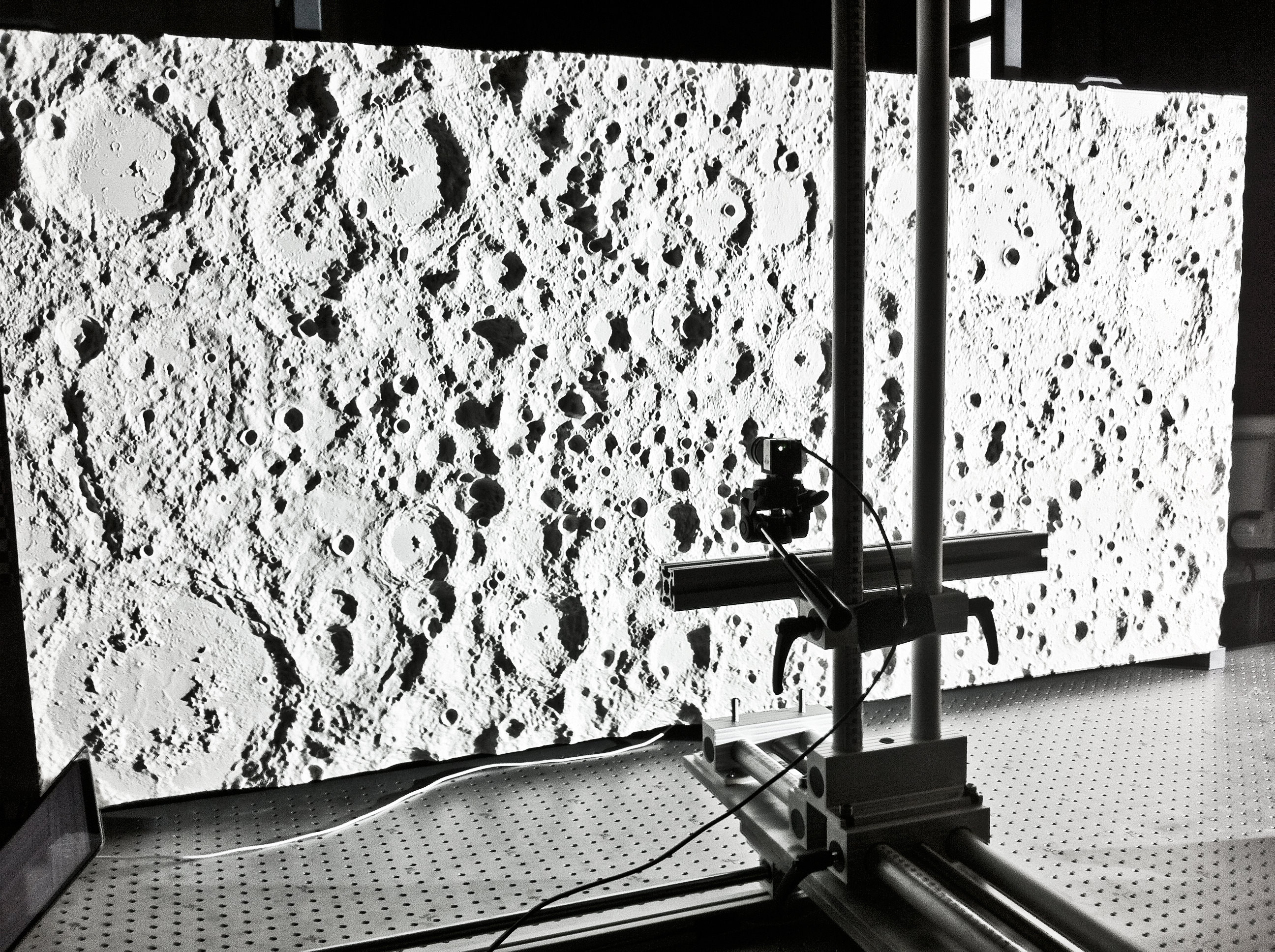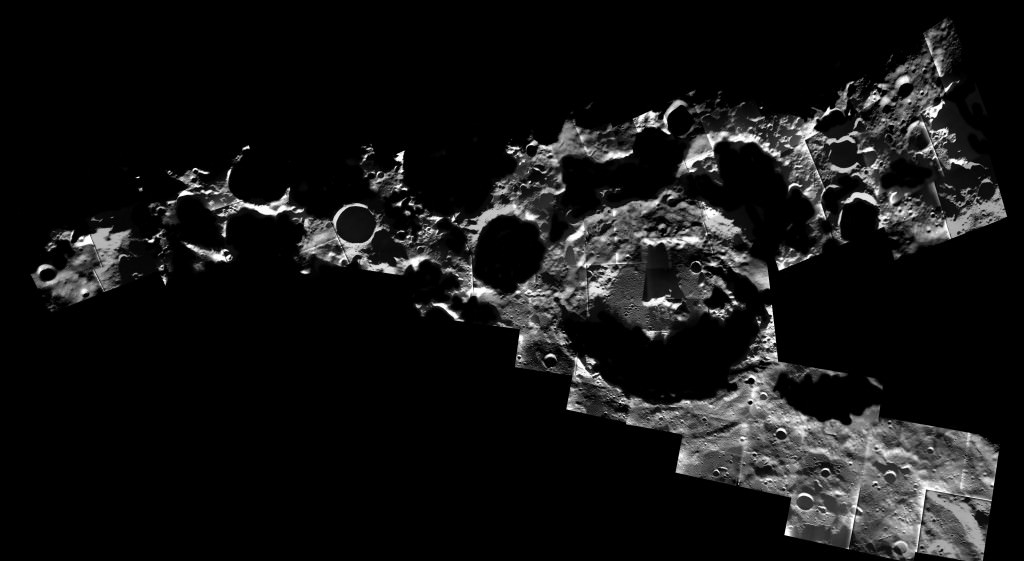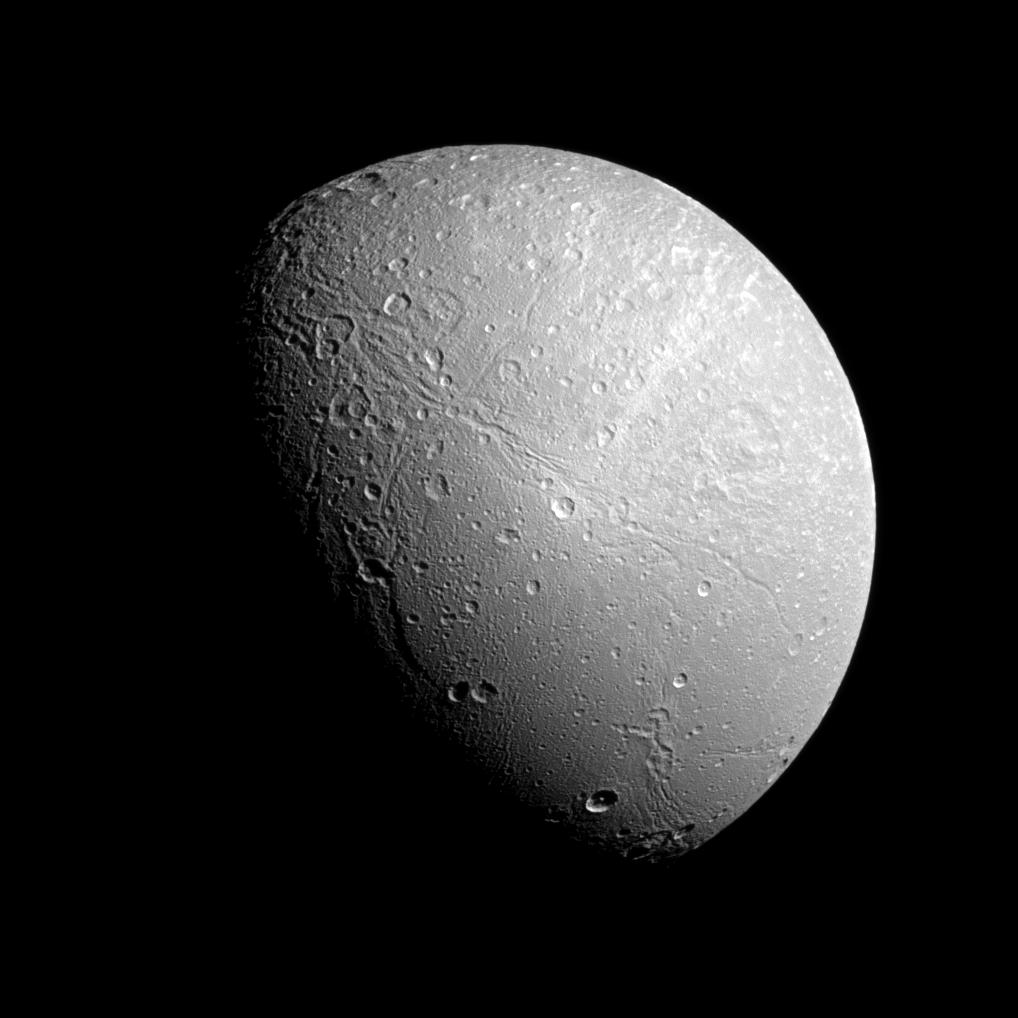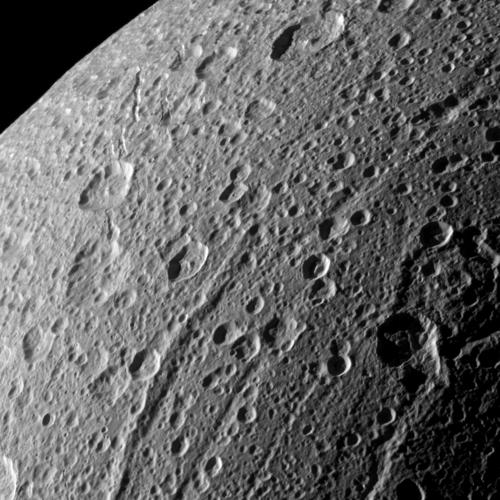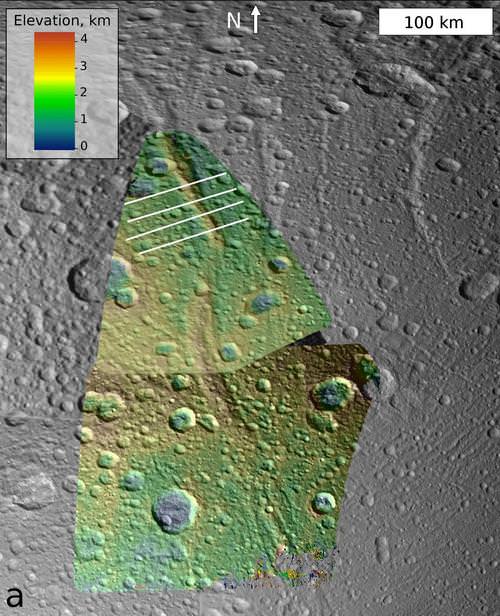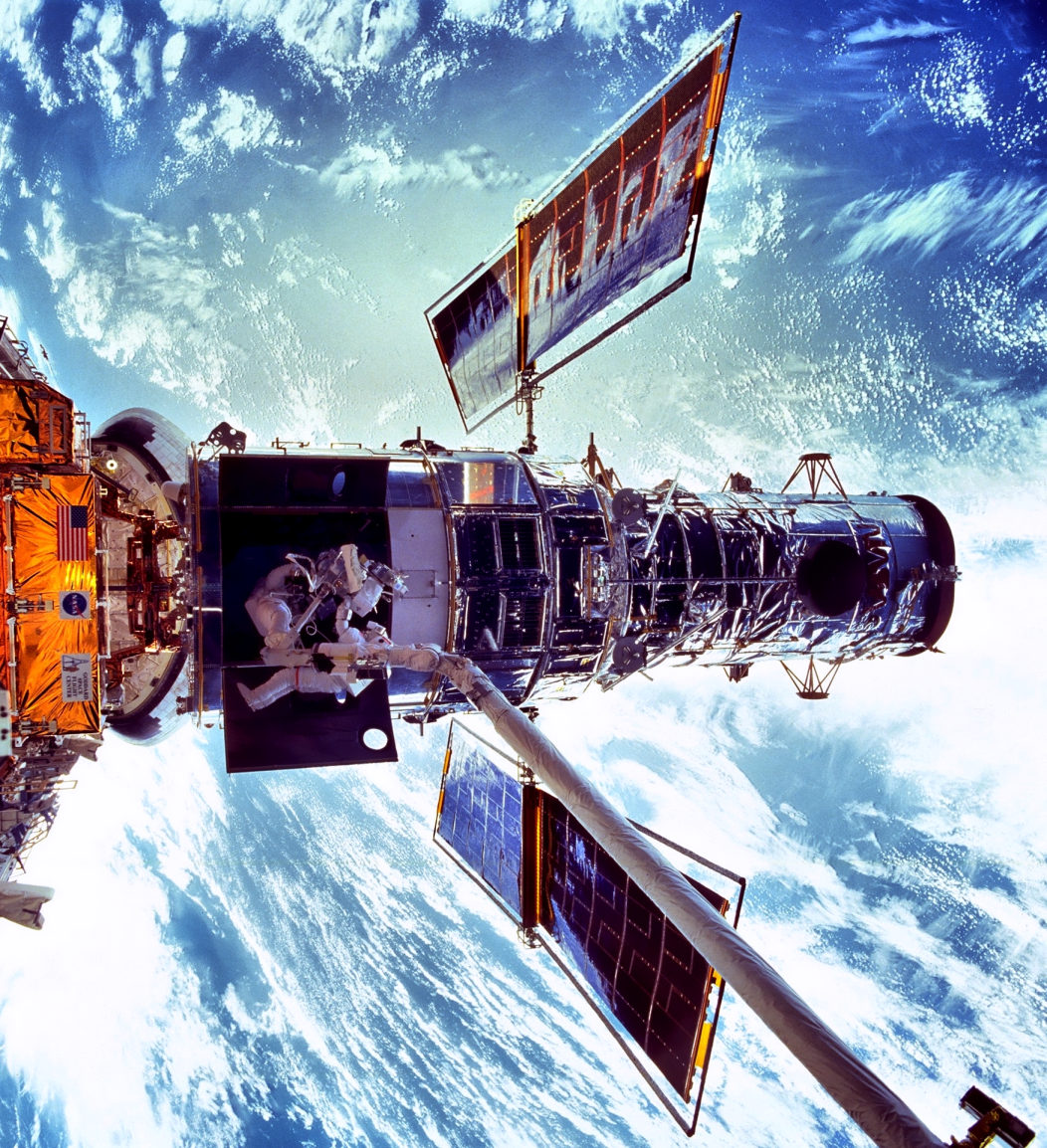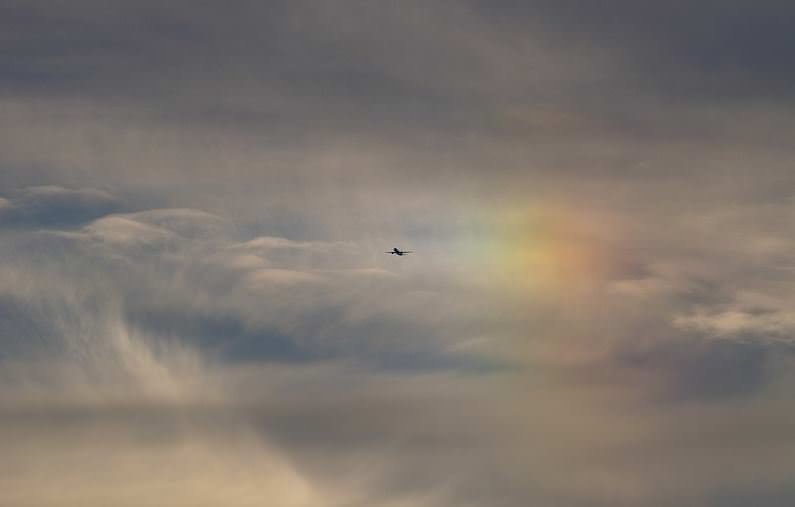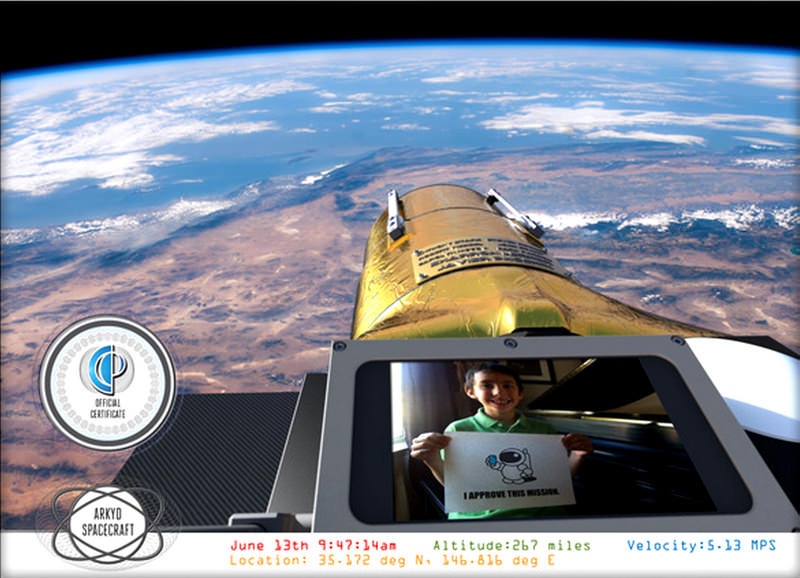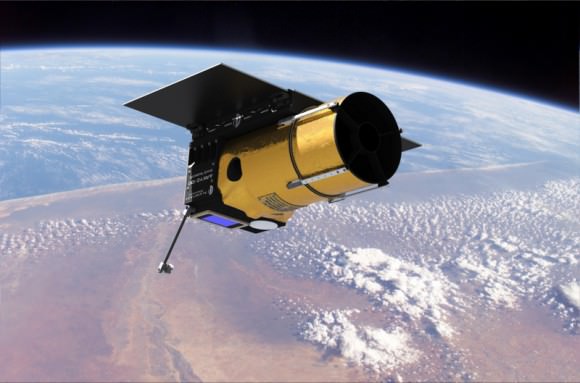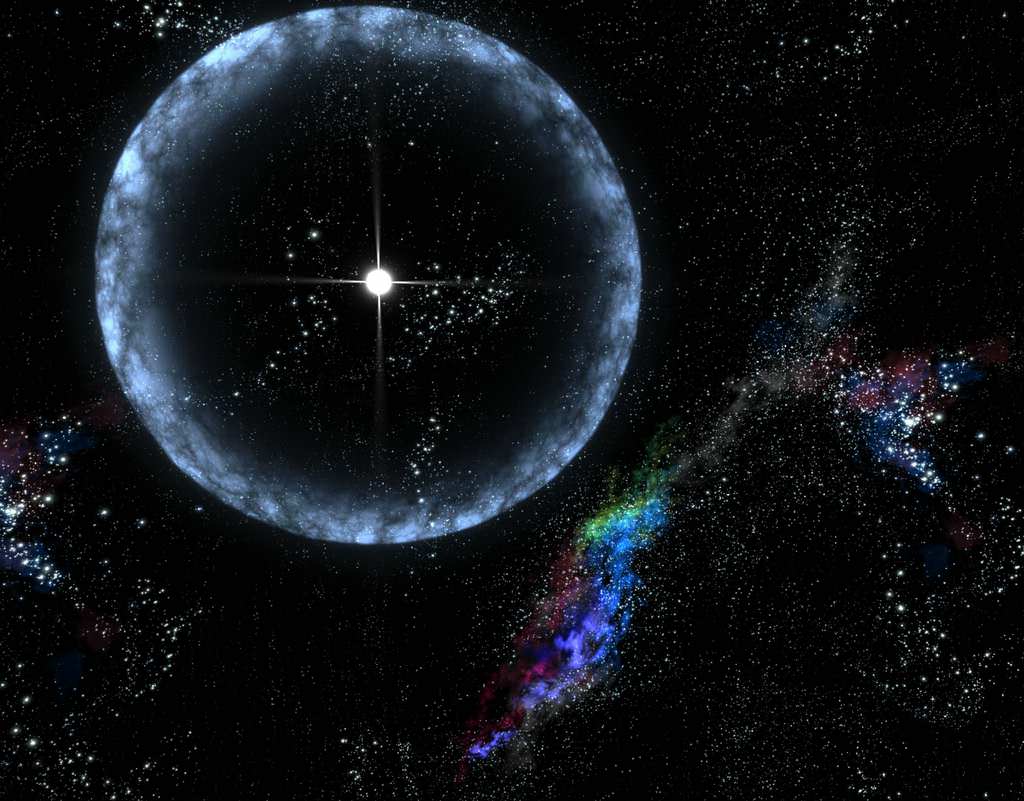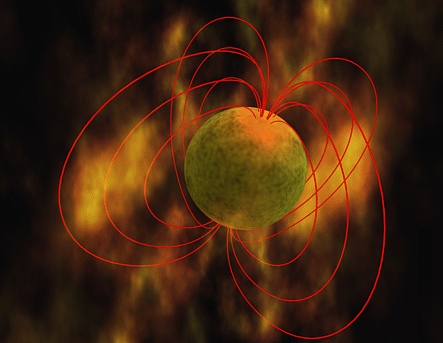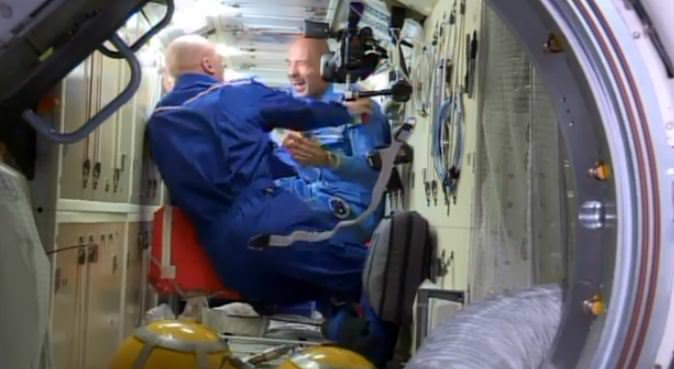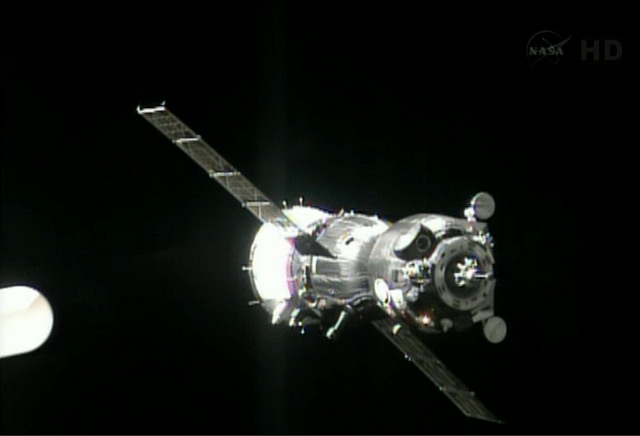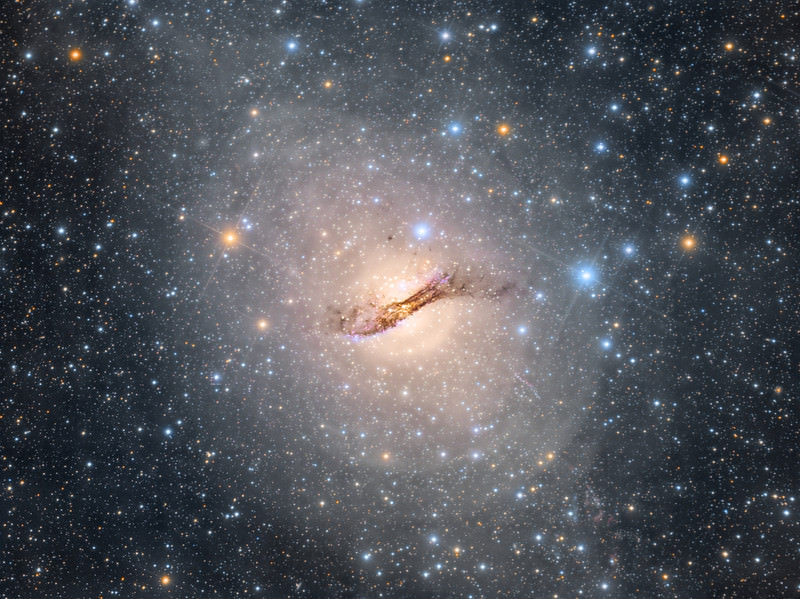Balloon-based research on cosmic particles that began over a century ago will get a big boost next year — all the way up to low-Earth orbit, when NASA’s Cosmic Ray Energetics and Mass (CREAM) will be sent to the Space Station thus becoming (are you ready for this?) ISS-CREAM, specifically designed to detect super-high-energy cosmic rays and help scientists determine what their mysterious source(s) may be.
“The answer is one the world’s been waiting on for 100 years,” said program scientist Vernon Jones.
Read more about this “cool” experiment below:
Cosmic Ray Energetics and Mass (CREAM) will be the first cosmic ray instrument designed to detect at such higher energy ranges, and over such an extended duration in space. Scientists hope to discover whether cosmic rays are accelerated by a single cause, which is believed to be supernovae. The new research also could determine why there are fewer cosmic rays detected at very high energies than are theorized to exist.
“Cosmic rays are energetic particles from outer space,” said Eun-Suk Seo, principal investigator for the CREAM study. “They provide a direct sample of matter from outside the solar system. Measurements have shown that these particles can have energies as high as 100,000 trillion electron volts. This is an enormous energy, far beyond and above any energy that can be generated with manmade accelerators, even the Large Hadron Collider at CERN.”
Researchers also plan to study the decline in cosmic ray detection, called the spectral “knee” that occurs at about a thousand trillion electron-volts (eV), which is about 2 billion times more powerful than the emissions in a medical nuclear imaging scan. Whatever causes cosmic rays, or filters them as they move through the galaxy, takes a bite out of the population from 1,000 trillion electron-volts upwards. Further, the spectrum for cosmic rays extends much farther beyond what supernovas are believed to be able to produce.
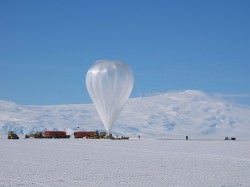
To tackle these questions, NASA plans to place CREAM aboard the space station, becoming ISS-CREAM. The instrument has flown six times for a total of 161 days on long-duration balloons circling the South Pole, where Earth’s magnetic field lines are essentially vertical.
The idea of energetic particles coming from space was unknown in 1911 when Victor Hess, the 1936 Nobel laureate in physics credited for the discovery of cosmic rays, took to the air to tackle the mystery of why materials became more electrified with altitude, an effect called ionization. The expectation was that the ionization would weaken as one got farther from Earth. Hess developed sensitive instruments and took them as high as 3.3 miles (5.3 kilometers) and he established that ionization increased up to fourfold with altitude, day or night.
A better understanding of cosmic rays will help scientists finish the work started when Hess unexpectedly turned an earthly question into a stellar riddle. Answering that riddle will help us understand a hidden, fundamental facet of how our galaxy, and perhaps the universe, is built and works.
The phenomenon soon gained a popular but confusing name, cosmic rays, from a mistaken theory that they were X-rays or gamma rays, which are electromagnetic radiation, like light. Instead, cosmic rays are high-speed, high-energy particles of matter.
As particles, cosmic rays cannot be focused like light in a telescope. Instead, researchers detect cosmic rays by the light and electrical charges produced when the particles slam into matter. The scientists then use detective work to identify the original particle by direct measurement of its electric charge and its energy determination from the avalanche of debris particles creating their own overlapping trails.
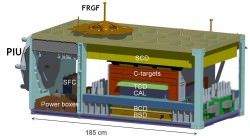
CREAM does this trace work using an ionization calorimeter designed to make cosmic rays shed their energies. Layers of carbon, tungsten and other materials present well-known nuclear “cross sections” within the stack. Electrical and optical detectors measure the intensity of events as cosmic particles, from hydrogen to iron, crash through the instrument.
Even though CREAM balloon flights reached high altitudes, enough atmosphere remained above to interfere with measurements. The plan to mount the instrument to the exterior of the space station will place it above the obscuring effects of the atmosphere, at an altitude of 250 miles (400 kilometers).
“On what can we now place our hopes of solving the many riddles which still exist as to the origin and composition of cosmic rays?”
– Victor F. Hess, Nobel Lecture, Dec. 1936
Source: NASA

